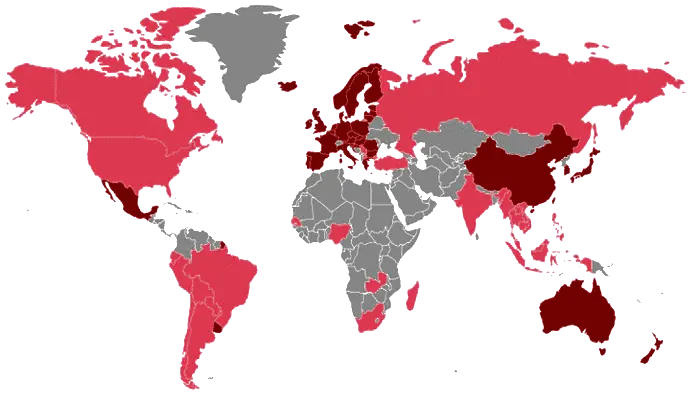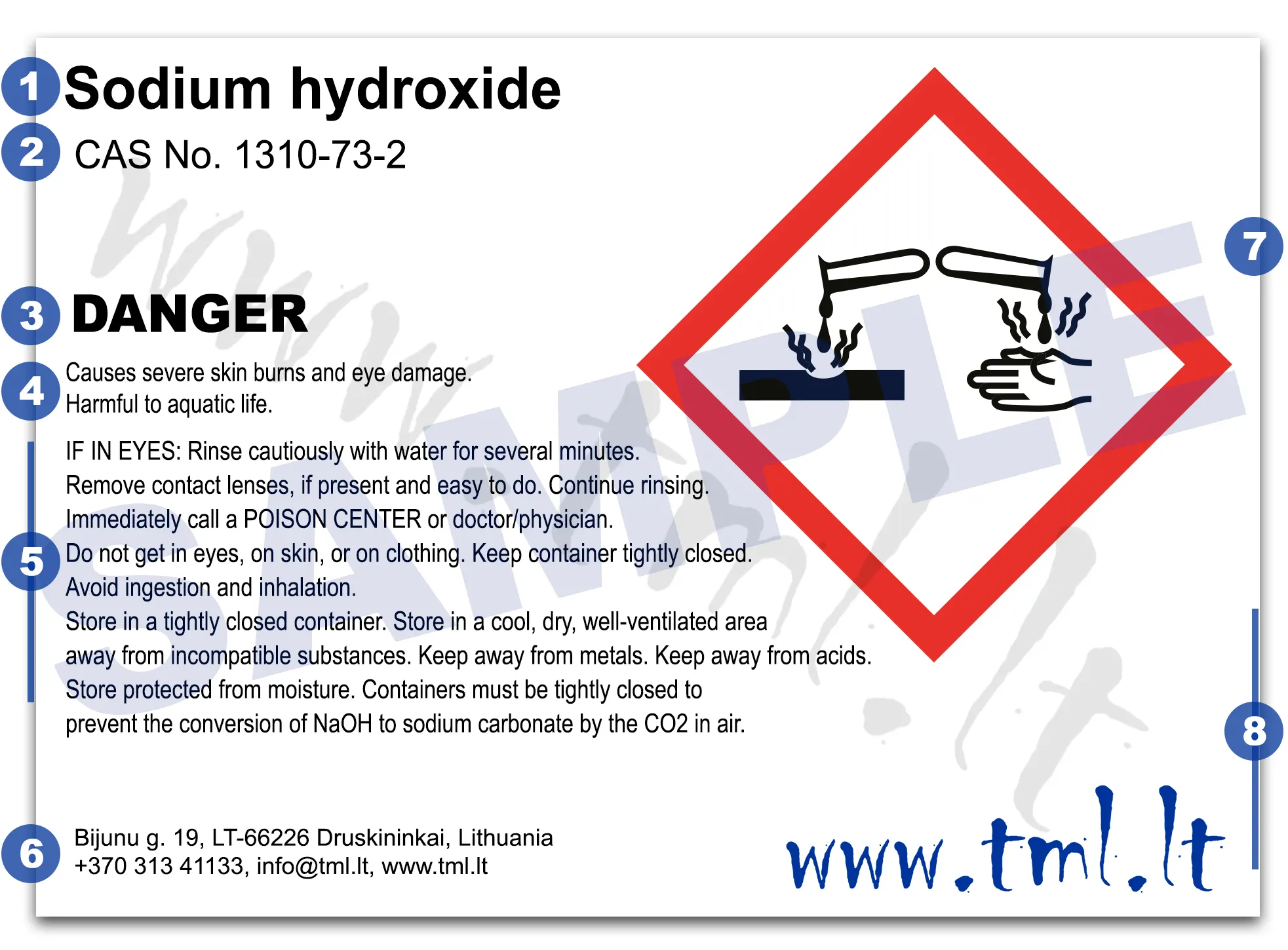Health-hazardous products from the chemical industry in the European Union are labeled in accordance with the requirements of GHS — the Globally Harmonized System of Classification and Labelling of Chemicals.

About the Globally Harmonized System of Classification and Labelling of Chemicals (GHS)
The Globally Harmonized System (GHS), developed by the United Nations, was approved in 2002 to improve occupational safety, protect the environment, and simplify the international trade of chemical substances. The system establishes uniform rules for hazard classification, labeling, and the preparation of Safety Data Sheets (SDS).
The UN regularly updates the system: the current **10th revised edition (GHS Rev. 10)** was published in 2023. Each state or region independently determines the scope and timelines for implementing GHS provisions.
Application of GHS in the European Union
In the European Union, GHS requirements are implemented into the regulatory framework through Regulation (EC) No 1272/2008 (CLP) — on the classification, labeling and packaging of substances and mixtures. CLP fully complies with the principles of GHS and ensures the uniformity of chemical labeling on the EU market.
The Regulation obliges manufacturers, importers, and distributors to place labels on chemical product packaging containing all necessary hazard information, including pictograms, signal words, and precautionary statements.
GHS System Worldwide

|
|
Countries that have implemented the GHS system |
|
|
Countries in the process of implementation |
|
|
Countries not yet participating in GHS implementation |
Content of the Warning Label
GHS and the CLP Regulation define a standard set of labeling elements that ensure clear and safe identification of chemical substances. The label must include:
GHS Label Example
|
1
|
Product name |
5
|
Precautionary statements (H- and P-phrases) |
|
2
|
Substance identifier (CAS, IUPAC) |
6
|
Supplier identification |
|
3
|
Signal word (“Danger” or “Warning”) |
7
|
Hazard pictograms |
|
4
|
Hazard statements (H-phrases) |
8
|
Supplemental information |
Label Dimensions
The size of the label and pictograms must ensure their readability. In the EU, the minimum size of a pictogram must be no less than 1/15th of the label area. Indicative recommendations are provided below:
| Container volume | Minimum label size |
|---|---|
| up to 3 L | approx. 74 × 52 mm |
| 3–5 L | approx. 105 × 74 mm |
| 5–500 L | approx. 148 × 105 mm |
| over 500 L | approx. 210 × 148 mm |
Label Durability
Labels for chemical products must be resistant to moisture, chemicals, abrasion, and UV light. GHS pictograms are applied within a red border, and when printing independently, it’s important to ensure exact compliance with CLP regulations.
Products intended for sea transport must comply with the BS 5609 standard, which defines requirements for label durability in salt water and adhesion.
Recommended Equipment and Materials
For two-color printing, we recommend specialized cab® XC thermal transfer printers. For single-color printing on labels with a pre-applied border, other models of cab® thermal transfer printers will be suitable.
We produce chemically resistant polymer labels with enhanced adhesive, resistant to aggressive environments, temperature fluctuations, and UV light.
To learn more about printing and materials for labels that meet GHS Rev. 10 requirements, contact us — we will select the optimal solution for your tasks, volumes, and operating conditions.





